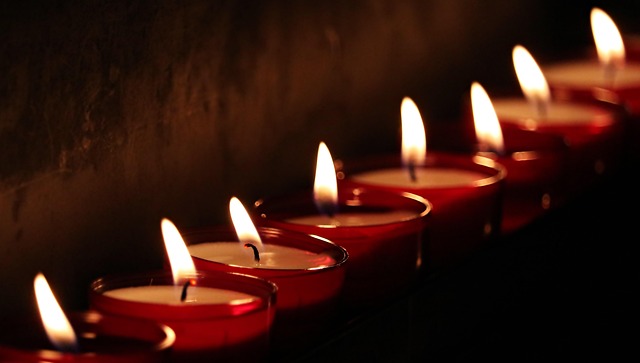Across cultures and religions, the act of remembrance plays an integral role in the rites and rituals that define human experience. Central to this is the profound practice of the memorial prayer, a spiritual exercise that transcends mere remembrance, encapsulating the emotions, beliefs, and connections shared by communities. Throughout history, memorial prayers have served as a vital link between the living and the departed, allowing individuals to cultivate a sense of continuity and purpose in their lives.
In many religious contexts, memorial prayers are not just recited words; they embody profound reverence and love for those who have passed away. They create a sacred space where memories can be honored and shared, reminding us of the lives that touched our own. From the somber ceremonies in Judaism during Yahrzeit to the rich traditions surrounding the Day of the Dead in Latin cultures, these prayers serve as a potent reminder of the fragility of life and the enduring impact of our loved ones.
The act of engaging in a memorial prayer can evoke powerful emotions, as it allows us to express our grief and shared loss within a community framework. In this sense, the memorial prayer reflects a collective human experience—grieving, healing, and remembering. For many, it can serve as both a source of comfort and a call to action, inspiring the living to honor the legacy of the deceased by living in a manner that reflects their values and ideals.
Moreover, the communal aspect of memorial prayers underscores the idea that we are not alone in our experiences of loss. By gathering together in prayer, we fortify our connections with one another, sharing stories and memories that weave a tapestry of love and remembrance. This collective remembrance can act as a healing balm, allowing participants to process their emotions while drawing strength from communal bonds.
In spiritual traditions, the timing of memorial prayers often holds significant meaning. For example, many faiths observe specific periods for remembrance, such as anniversaries of death or holidays that honor the deceased. These traditions not only facilitate remembrance but also integrate personal loss into the broader narrative of the community, fostering resilience and hope amidst grief.
Furthermore, different religions offer unique perspectives on how memorial prayers should be conducted. In Christianity, prayers may include readings from scripture or hymns that reflect the belief in resurrection and eternal life. Meanwhile, in Buddhism, memorial services may involve meditative practices that encourage reflection and compassion for both the deceased and the living. Each practice, while distinct, serves the same fundamental purpose: to honor those who have left this world and to provide solace to those who remain.
As we explore the significance of memorial prayers within these traditions, it becomes evident that they are not merely acts of devotion but vehicles for connection and understanding. They enable us to confront our mortality, reminding us to cherish our relationships and the time we have with one another. Through this lens, memorial prayers take on a new dimension—they become an invitation to celebrate life, foster connections, and nurture the bonds that continue even in the face of loss.
Ultimately, memorial prayers encompass a vital human experience that transcends time and culture. They speak to our innate desire to remember, honor, and celebrate the lives of those who have shaped our journeys. Whether through solemn rituals or joyous gatherings, these sacred traditions allow us to keep the memory of our loved ones alive, firmly rooting our past in the present while guiding us toward a brighter future.




